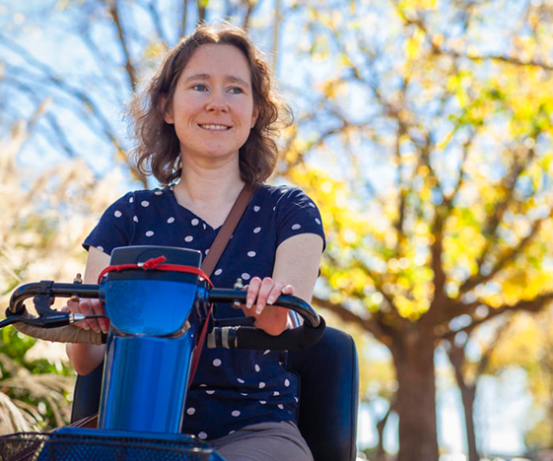Which walking aid is best for my mobility assistance?
Walking aids are perfect for people who struggle with mobility. There are many different types of walking aids available, and choosing the right one for you involves having a good understanding of the walking aids that are available and your particular mobility requirements.While all walking aids are designed to improve balance, and increase stability when walking, not all of them will be right for you, and it’s important to talk to your doctor or health professional to find out which walking aid is best suited to your needs.
Having the correct mobility aid can enhance your safety and independence. Walking aids are useful in preventing falls, and they can help you stay mobile without the direct assistance of a carer or loved one.Common walking aids include; walking frames, seat walkers, rollators, walking sticks, canes and crutches. These aids are usually used when you need additional support and stability when walking. They typically help to support your body weight and reduce the strain on your muscles and joints.
Crutches
A number of different types of crutches are available; however, the most common type of crutch is an axillary (underarm) crutch. Other types of crutches include Forearm crutches and Arthritic crutches. Crutches come in many different shapes and sizes and are available for adults and children.
Crutches are especially useful for lower-limb injuries such as a broken leg, knee injury or ankle injury. They are also commonly used after surgery to the leg, knee, ankle or foot. Crutches are also often used by people with disabilities and amputees. All crutches should be custom fitted to ensure safety and correct mobility.
Walking frame
A walking frame is a piece of equipment that provides additional support when standing or walking. Walking frames are designed for use over short to medium distances. If you’re unsure about which walking frame to choose, talk to a doctor, physical therapist or allied health professional.
Walking frames also come in a number of styles, including four wheeled, three wheeled, and two wheeled frames (rollators), as well as static/pick-up frames that don’t have wheels at all. Before choosing a frame, it’s a good idea to think about the types of environments you will be using your frame in (for example, indoors, outdoors, uneven or smooth surfaces). You might also like to talk to a physiotherapist who will assess how well you walk, and may make recommendations based on your height and strength.
Rollators
Rollators are walkers on wheels which don’t require lifting. Sometimes rollators are called ‘rolling walkers’. Rollators are easy to manoeuvre as the wheels usually swivel. Rollators are often larger than static walking frames, and they can sometimes be difficult to move around inside small apartments or narrow hallways.
If you have problems with your balance and need an immobile support to help you walk, a rollator might not be right for you. Rollators can be an excellent choice for people who need to carry oxygen tanks and other necessities. They are also a good choice if you experience weakness in your arms and find it difficult to lift a static walker. Many rollers have a seat, and some have removable backs for balance when sitting.

Shop Mobility Aids
We’ve got you covered with our extensive product range.
Walking Sticks
Walking sticks are ideal for people who are semi-confident with their walking ability. Walking sticks are available in a few varieties including; single point sticks, 3-point / tripod sticks and for those who require additional support 4-point / quad sticks are a great option. Walking sticks are a convenient choice as they can be used in smaller areas where other walking aids would be too large.
